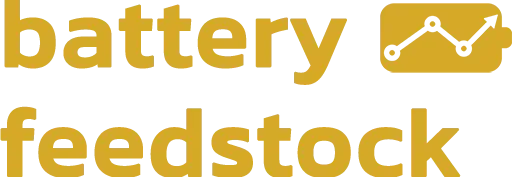Lithium’s Reset: From Capacity Rationalization to Solid‑State and Sodium‑Ion
The lithium sector is entering a transition phase. Jiangsu Guotai cancelled a planned 400 kt per year electrolyte project amid oversupply, pointing to rationalization in an overheated segment. Meanwhile, analysts expect the 6F fluorinated electrolyte component to flip from surplus to tight balance by late‑2025, tightening further into 2026. Ganfeng’s lithium sulfide – a key solid‑state precursor – has already passed customer qualification and entered multi‑customer supply, and Chinese customs have cut clearance times for imported mineral products and exported lithium batteries by more than 80%, speeding up cross‑border flows. The patchwork of emerging technologies includes sodium‑ion, lithium nickel manganese oxide (LNMO), lithium‑sulfur and semi‑solid state batteries, each offering different trade‑offs in cost, energy density and raw‑material intensity. Together, these trends suggest a more disciplined, diversified and efficient lithium supply chain.
Rationalization & market balances
Electrolyte capacity: Fierce competition has prompted the cancellation of large projects, signalling that oversupply in liquid electrolytes is being addressed.
6F outlook: Supply‑demand ratios of around 122% in Q3 2025 are forecast to tighten to roughly 93% by Q4 2026. Processing fees for 6F could rise as early as Q4 2025 and accelerate in 2026.
Solid‑state feedstock: High‑purity lithium sulfide (≥ 99.9% purity, D50 ≤ 5 µm) is now shipping to multiple customers, supporting the scale‑up of solid‑state batteries.
New technologies & regional dynamics
Emerging alternatives include sodium‑ion cells (cheaper and made from abundant materials but with lower energy density), LNMO cathodes (nickel‑free and cobalt‑free), lithium‑sulfur chemistries (double the energy density of conventional lithium‑ion) and semi‑solid‑state designs such as the manganese‑based lithium iron phosphate battery unveiled by MG Motor in China. These options reduce reliance on scarce metals like cobalt and nickel, potentially lowering costs and improving safety. Additionally, China’s customs reforms compress customs‑clearance times for imported ore and exported lithium batteries by more than 80 %, easing logistics and freeing up working capital for producers.
Demand pulse to watch
NEV output & batteries: Chinese industrial data showed new‑energy vehicle output surging more than 300% year‑on‑year in the first seven months of 2025, with lithium‑ion battery production up roughly 41%, indicating robust downstream demand even as producers rebalance capacity.
Solid‑state announcements: Expect Ganfeng and other pioneers to roll out higher‑capacity solid‑state cells (314 Ah and 392 Ah models) by year‑end. MG’s mass‑market semi‑solid‑state EV, with 42.8 kWh and 53.9 kWh battery options, is set to hit the market in late 2025.
Strategy & insights
Revisit electrolyte contracts: 6F processing fees have likely bottomed; buyers should negotiate clauses that account for rising fees after late‑2025.
Watch alternative chemistries: Sodium‑ion and semi‑solid‑state batteries could gain market share in cost‑sensitive segments; investors should track pilot deployments.
Monitor policy & logistics: Faster customs processing and rationalized capacity point to a more stable supply chain, benefiting downstream battery makers.
